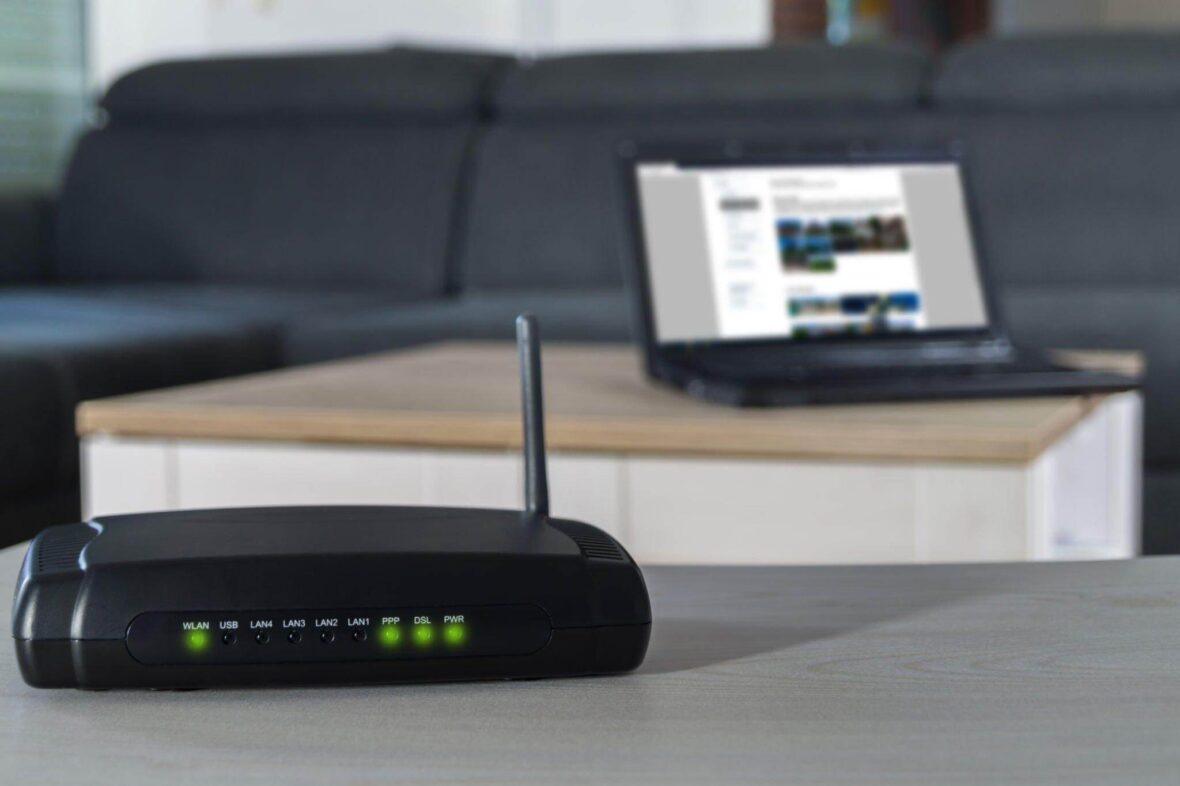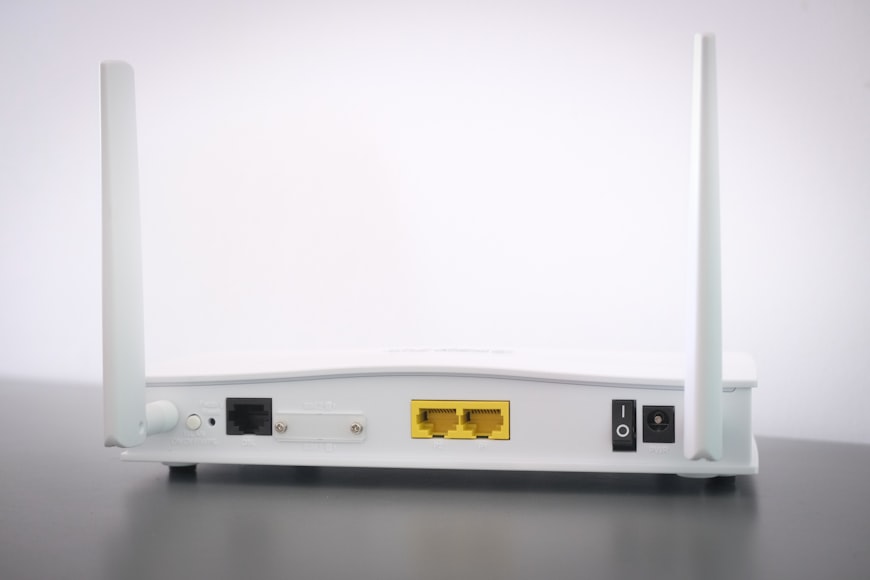Slow internet is frustrating, period. You just don’t get anything done, and the most awful part is having an internet connection that just doesn’t work. That’s why you need to make sure your internet connection backs you up whenever you’re online.
In today’s age, having a slow internet is an excuse. Working online, you simply cannot complain about having slow internet because it’ll leave a bad impression on your end. But not to fret since there are ways that you can improve your internet speed at home.
We’re covering these for you so that you can get a solid internet connection at home. So, without further ado, let’s get started:
Contents
1. Getting a Good Internet Connection
The first you need to do is get a good internet connection. If you already have one, then make sure that the internet plan you have accommodates your needs. This is the key since many people often get internet plans that don’t offer sufficient juice for their requirements.
For instance, you might be working from home or playing games while streaming. In such a case, using the internet with other connected devices will surely result in lags and disruptions if the plan isn’t enough.
That is why make sure you’ve evaluated your requirements first and then decide on the internet plan you want. For this, we recommend checking out Comcast internet since it offers reliable internet performance and its plans offer the best results too.
2. Clearing Cache
The cache is a small temporary memory that stores frequently used processes so that they don’t take time to reload. However, the cache uses resources including the internet to keep these processes ready.
In addition, your browser cache uses even more resources, including memory and the internet so that the tabs can be reloaded instantly. However, this slows your overall performance and consumes the internet juice too.
Therefore, if you’re facing a slow internet situation, then it’s recommended to clear your cache. You have to clear your browser as well as your device’s cache to free the resources completely.
3. Removing Unnecessary Devices
Another thing that you can do is remove unnecessary devices that are connected to your network. The reason why this can work is that most devices consume your internet speed even when they’re not doing any activity.
However, this leaves no space or lesser internet speed and bandwidth for your tasks. In addition, if you’re using the internet and other devices are using it for extensive tasks, then you’re bound to face lags.
This situation can be minimized by using airtime fairness. Airtime fairness allows prioritizing tasks and processes based on their internet consumption, Wi-Fi signal strength, etc. You can also create a custom rule that will enforce airtime fairness to prioritize your task.
4. Placing Your Internet Router Ideally
Your internet router should be placed in a location that will allow it to offer signals optimally. In case you don’t know, if you’re placing it in a location that has it surrounded by walls and appliances, etc. then you’re bound to face interference.
Moreover, if you’re using your devices at a distance or at the end of the coverage, then you’ll face issues as well. In other words, the router placement should be considered when setting up your internet network since will
In addition, interference via Bluetooth devices will also cause issues. Therefore, make sure that you’re not placing your internet router near any such devices.
5. Rebooting Your Router
A simple reboot also resolves your internet issue. There are times when your internet router isn’t properly sending data packets. The information travels via data packets that are first sent on the internet connection and then relayed to the relevant website.
However, if the connection isn’t stable, then your data packets won’t travel. Therefore, if you’re facing an issue with your internet connection, then it’s time to reboot your internet router.
This will re-establish the connection, sending the packets again. Once the packets are resent, then you’ll have a stable internet speed. In case the issue doesn’t resolve, you need to contact customer service for assistance since it might be the issue on their side.
6. Updating Your Devices
In addition to the abovementioned methods, you can also update your devices. There are times when your internet devices are outdated in terms of firmware. Latest internet routers have automatic updates, which allow them to constantly update according to the latest firmware.
In addition, your devices that are using the internet also need to install updates to stay alongside the latest trends. Legacy devices or old routers tend to lose updates because they become outdated.
That is why you need to make sure to carry out updates since it’ll make it easier to find if your device is outdated. Furthermore, you’ll also get security updates and patches that will minimize any issues while enhancing the overall performance.
Closing Thoughts
The key to a strong internet speed at home is to find a reliable connection first. Only then you can implement the next methods for enhancing the overall performance of your internet speed. If you have one, then it’s easier to get a boost for your internet speed at home. Just keep these handy and you’ll get sorted easily.





